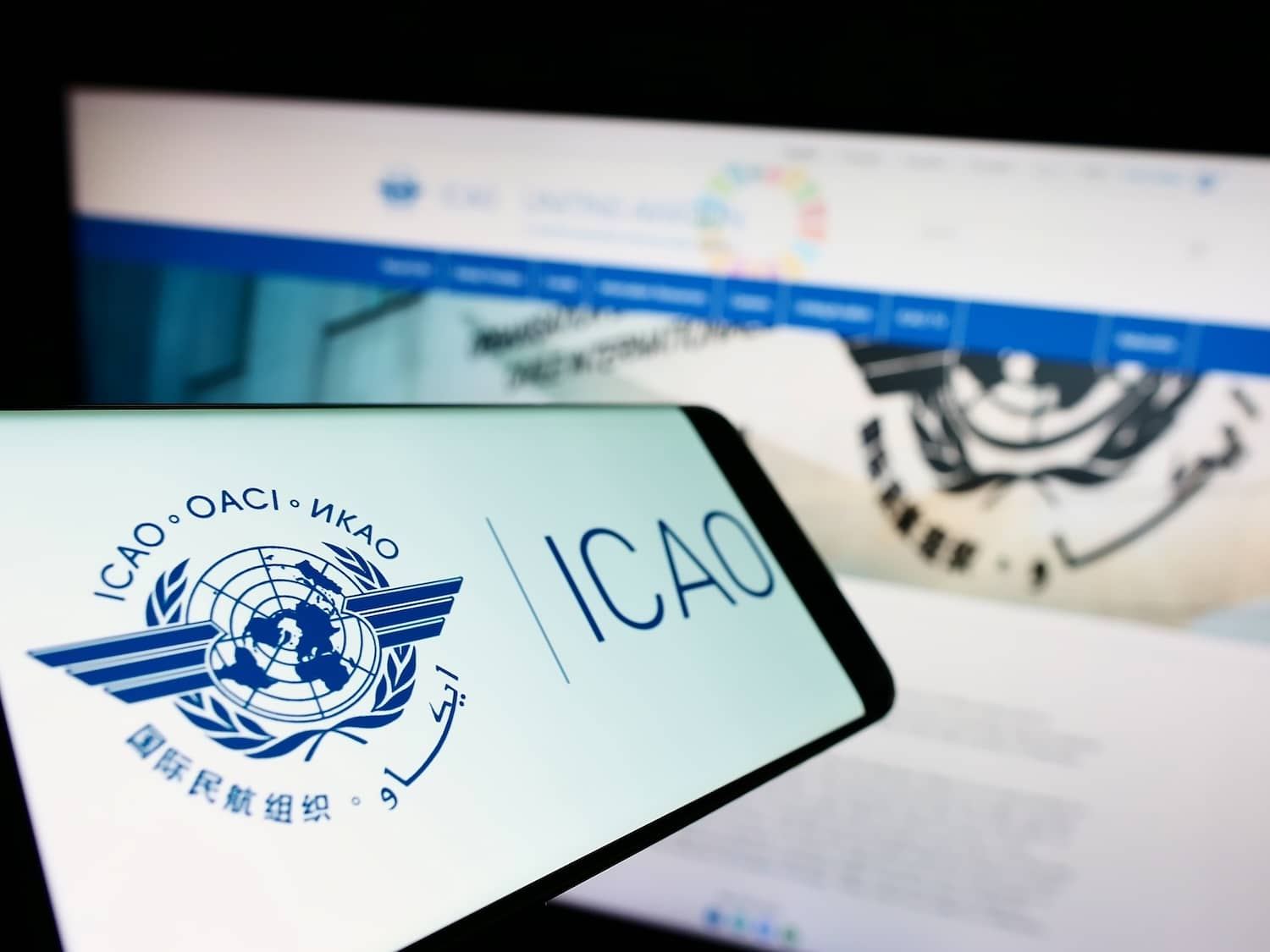Lisbon Airport ICAO Code: LPPT
Important Information About The Lisbon Airport ICAO Code)
If you are taking a vacation to Portugal and you’re flying in or out of Lisbon’s Humberto Delgado Airport, you might have noticed a four letter code marked LPPT on flight tracking websites.
This four letter designation of LPPT is what’s known as an International Civil Aviation Organization (ICAO) code and this particular combination of letters is unique to Lisbon Airport.
ICAO is part of the United Nations and it represents member countries in developing standards and practices for how air traffic – both passenger and cargo – should be handled around the world, including investigating accidents, inspecting flights and more. ICAO plays a vital role in constantly reviewing and approving steps that help to make flights safer and more reliable.
This organization is a separate entity from the International Air Transport Association, which is a trade group on behalf of many major and smaller airlines located around the world. IATA also issues codes to designate specific airports but these are limited to just three letters.
The difference between three and four letters means that you can differentiate Lisbon’s three letter IATA code of LIS from the ICAO’s four letter designation of LPPT.
What is the use of the ICAO code for Lisbon Airport?
Although Lisbon’s IATA code of LIS can easily be found on your boarding pass or checked luggage tag, you might not see the ICAO code of LPPT at any point during your flight.
That’s because ICAO codes are primarily used by the pilots, air traffic control and others in planning navigation for a flight and other steps, so they don’t need to be seen by the public.
But if your aircraft has an onboard flight tracking system, or you check a website that track flights across the globe, you will likely see the ICAO code of LPPT used for trips to and from Lisbon, so if you know this code then you will be able to easily understand the flight map.
How the ICAO codes came into use for airports
ICAO started to produce codes for specific airports starting in the 1940s, although some locations were already using four letter codes and so ICAO simply adopted those.
ICAO codes are issued for aerodromes, which is a broad term referring to somewhere from where flights take off and land, so it’s not just limited to international airports because this term can also refer to airfields, strictly commercial flight facilities, military air bases and more.
When designating an ICAO code, the organization delegates the choice of the four letters to some extent to the affected country. To develop a code, the first letter and sometimes the second letter as well as used to identify the specific country of flight region, and the last two letters almost always are used to refer to a certain airport. It can quickly become a complicated process, but that’s how Lisbon’s Humberto Delgado airport ended up with the code of LPPT.
Lisbon Airport ICAO Code FAQ
What does the ICAO do?
Part of the United Nations, ICAO develops policies on cargo and passenger air traffic safety and more that apply around the world on behalf of the UN’s member countries.
How does ICAO construct its four letter airport codes?
The organization defers to some extent to specific countries about what to choose for the codes, but the first and sometimes second letter typically refer to a certain country or region, while the third and fourth letters usually refer to part of the airport’s overall name.
What is Lisbon Airport’s ICAO code?
The Lisbon airport’s ICAO code is LPPT
How does Lisbon Airport use its ICAO code?
The code of LPPT is primarily used by air traffic controllers, pilots and others to chart and track flights, so you won’t usually see them on your luggage tags or boarding pass.
Is there anywhere that I can see Lisbon’s ICAO code in use?
If there is a television screen at your seat on a flight and it features a flight tracking video then you should see the ICAO code of LPPT used to specify Lisbon Airport.
Is an ICAO code the same as an IATA code?
No, IATA codes are three letter designations that a trade group known as the International Air Transport Association (IATA) issues to airports, and Lisbon Airport’s IATA code is LIS.

